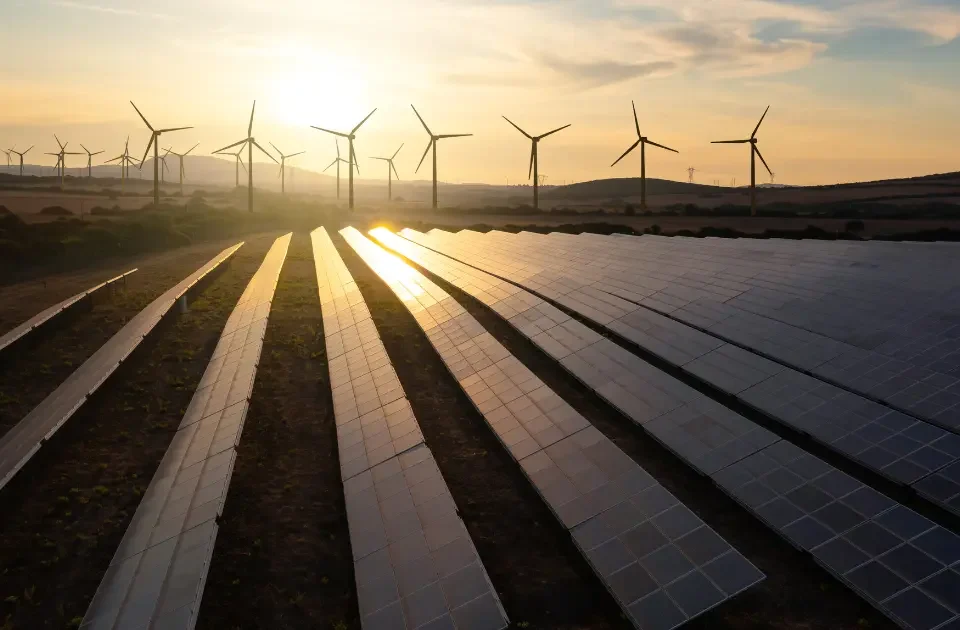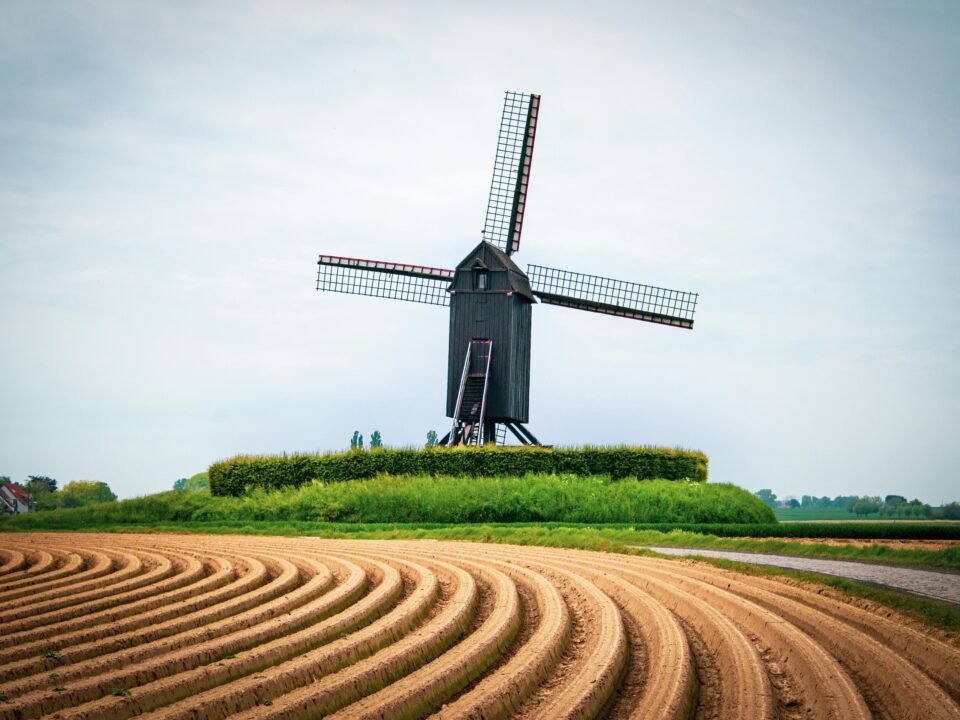Introduction
As the world transitions toward sustainable energy solutions, windmill power is emerging as a key player in the global energy mix. With advancements in technology and increasing environmental concerns, wind energy is set to play a significant role in reducing carbon footprints and ensuring energy security. This blog explores the future of windmill power, its technological advancements, economic implications, and global impact.
The Growth of Windmill Power
Windmill power, or wind energy, has witnessed exponential growth over the past few decades. Governments and private sectors worldwide are investing heavily in wind farms due to their efficiency, reliability, and cost-effectiveness. According to the Global Wind Energy Council (GWEC), wind power capacity increased by 93 GW in 2021 alone, bringing the total global capacity to over 837 GW.
The continuous increase in wind power adoption is driven by factors such as:
- The declining cost of wind turbines and installation
- Government incentives and subsidies for renewable energy
- The push for carbon neutrality by 2050
- Improved storage solutions for energy distribution
Technological Advancements in Windmill Power
The future of wind energy is being shaped by technological innovations that enhance efficiency, reduce costs, and maximize power generation. Some key advancements include:
1. Larger and More Efficient Turbines
Modern wind turbines are becoming larger, enabling them to capture more wind energy. Companies like GE Renewable Energy and Vestas are developing offshore wind turbines with capacities exceeding 15 MW per unit. The Haliade-X turbine by GE, for instance, can power thousands of homes with a single installation.
2. Floating Wind Farms
Floating offshore wind technology is revolutionizing wind energy by enabling turbines to be placed in deep-sea waters where wind speeds are higher. Countries like Norway, Japan, and the UK are investing in floating wind farms to harness the vast potential of offshore wind power.
3. Smart Wind Turbines
Artificial Intelligence (AI) and the Internet of Things (IoT) are being integrated into wind turbines to optimize energy output. Smart sensors and predictive maintenance systems help identify potential issues before they lead to costly downtimes, thereby increasing operational efficiency.
4. Hybrid Renewable Energy Systems
Wind energy is increasingly being integrated with solar and battery storage solutions to create hybrid renewable energy systems. These systems provide a continuous power supply even when wind speeds fluctuate, ensuring grid stability.
Economic and Environmental Impact
Windmill power offers substantial economic and environmental benefits, making it a critical component of global sustainability efforts.
Economic Impact
- Job Creation: The wind energy sector is a significant employment driver, creating jobs in manufacturing, installation, maintenance, and research.
- Cost Competitiveness: The cost of wind energy has dropped significantly, making it competitive with fossil fuels.
- Energy Independence: Countries investing in wind power reduce reliance on imported fuels, enhancing national energy security.
Environmental Benefits
- Reduction in Carbon Emissions: Wind power is a clean energy source that significantly reduces greenhouse gas emissions.
- Conservation of Water Resources: Unlike fossil fuel power plants, wind farms do not require water for cooling, preserving precious freshwater resources.
- Biodiversity Protection: With proper planning, wind farms can coexist with wildlife, minimizing ecological disruptions.
Global Adoption of Wind Energy
Countries worldwide are setting ambitious targets for wind power adoption:
- China: Leads the world in wind energy capacity, with over 300 GW installed.
- United States: Plans to achieve 30 GW of offshore wind energy by 2030.
- European Union: Aims for 50% of its electricity to come from renewables by 2030, with a significant share from wind energy.
- India: Has a target of 140 GW wind power capacity by 2030.
Developing nations are also embracing wind energy as a cost-effective and sustainable solution to meet growing energy demands.
Challenges and Future Outlook
Despite its immense potential, wind energy faces challenges such as:
- Intermittency Issues: Wind speeds vary, affecting power consistency. Improved battery storage solutions are addressing this challenge.
- Land and Offshore Constraints: Finding suitable locations for wind farms can be difficult due to land-use conflicts and environmental concerns.
- Initial Investment Costs: While costs are declining, the upfront investment for wind farms remains high.
The future outlook for wind energy is promising, with continued investments, policy support, and technological advancements driving its growth. The transition to wind power is inevitable, ensuring a cleaner and more sustainable future for generations to come.
Conclusion
Windmill power is at the forefront of the global renewable energy revolution. As technology continues to advance, wind energy will become more efficient, cost-effective, and widely adopted worldwide. The environmental and economic benefits of wind energy make it a vital solution in the fight against climate change and energy dependency. With strong policies, research, and investments, the future of windmill power is brighter than ever.




